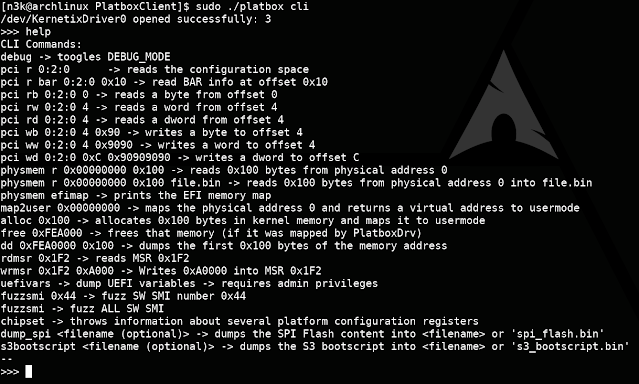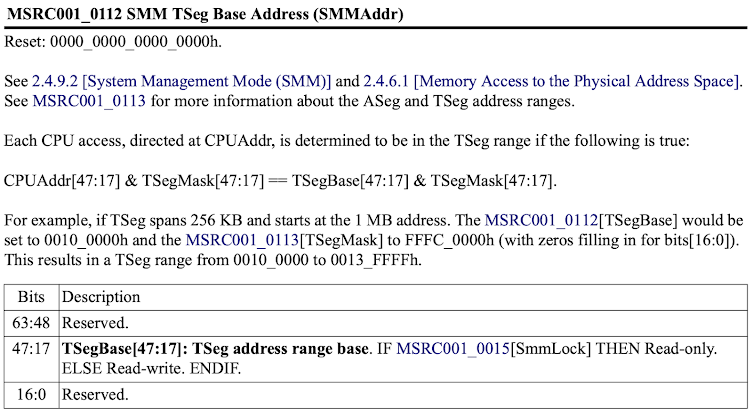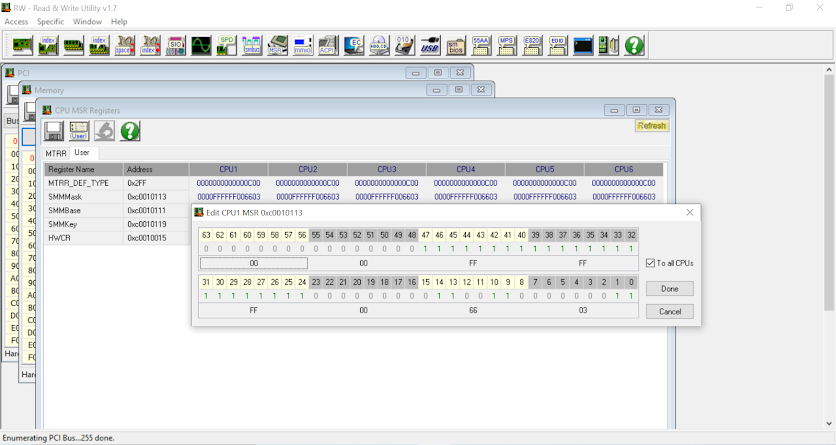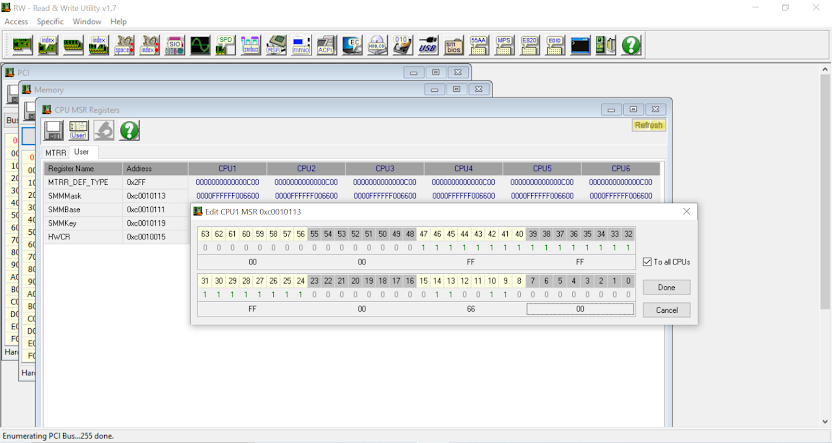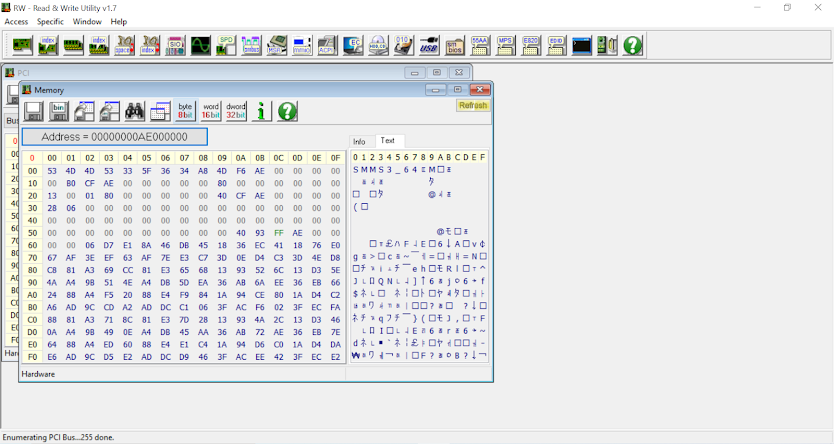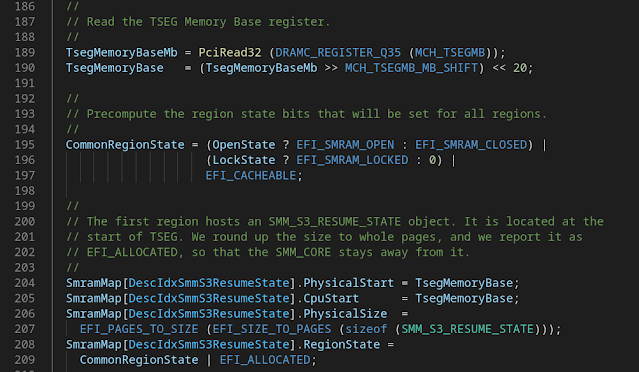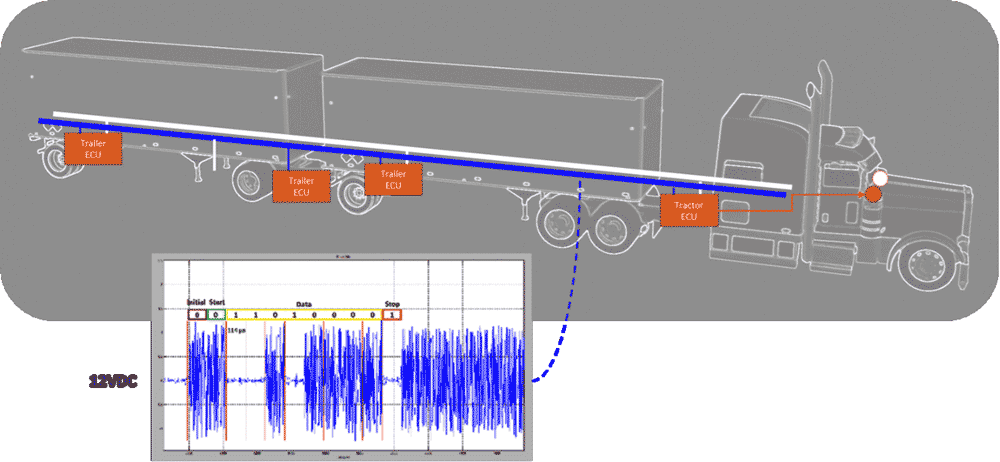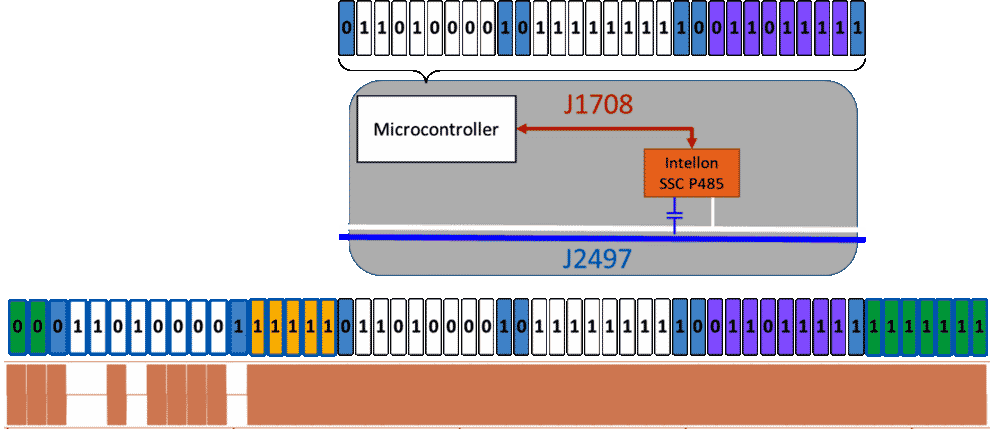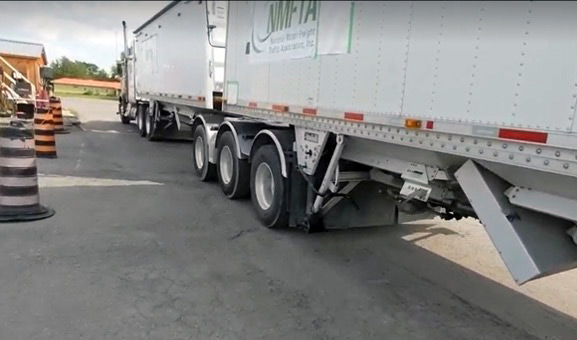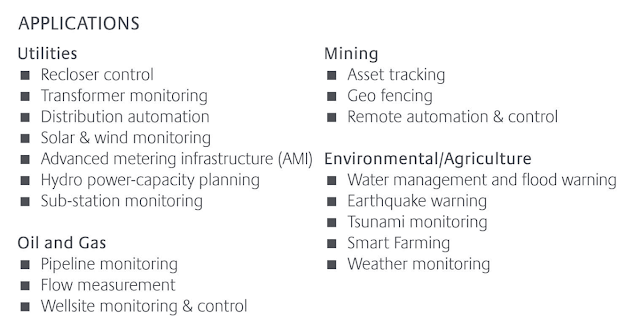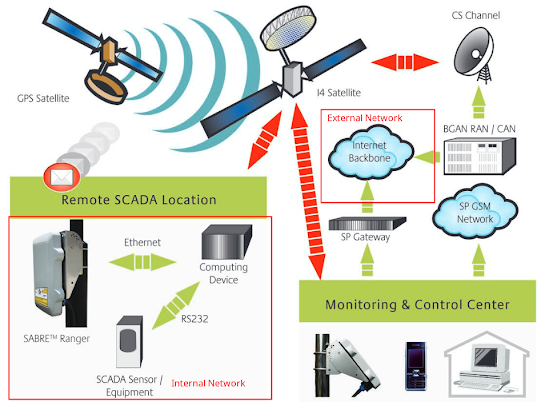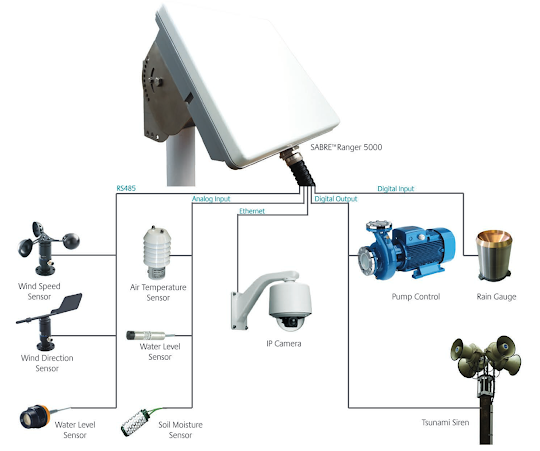As of this writing, the United States was recently threatened by a major railroad union strike. The railroads are a major element of the country’s critical infrastructure. Their shutdown could lead to multiple, cascading impacts on the delivery of goods and services, not only in the US but also in Canada and Mexico. Shipping lines could also be impacted by a railroad strike, since they will not be able to receive or offload containers and cargo to and from rail cars.
Per a CNN article, a rail strike would cost the US economy about $1 billion in the first week, according to the Association of American Railroads. The ripple effect of a shipping stoppage of that magnitude could lead to global food shortages and more: the American Chemistry Council said that around $2.8 billion in chemical shipments would be impacted each week. A separate article by the Association of American Railroads also outlines how other transportation and logistics partners are not positioned to take up the slack left by a railroad strike to keep goods moving efficiently across the nation, should a service interruption occur. Specifically, in the first half of 2022, more than 75,000 rail shipments began their journey each day; in the event of a shutdown, these shipments would sit idle.
This scenario demonstrates the fundamental concept of cascading issues following the failure of one element of the country’s critical infrastructure. This demonstrates the interdependencies in play between transportation, manufacturing, chemical production, and other vital systems.
What is Critical Infrastructure?
The concept of infrastructure in the United States began around 1983. The infrastructure under discussion included highways, public transit, wastewater treatment, water resources, air traffic control, airports, and municipal water supplies. However, these were not given the attribute of “critical.”
From 1983 until 2013, the US government formed policies and held discussions regarding infrastructure and “critical infrastructure” occurred. There were multiple iterations that are beyond the scope of this article; however, the US government perspective of “critical infrastructure” being used today in 2022 was laid out by the Obama Administration in Presidential Policy Directive 21 and Executive Order 13636.
These policy documents identified a list of US infrastructure that should be considered “…so vital to the United States that the incapacity or destruction of such systems and assets would have a debilitating impact on security; national economic security; national public health or safety; or any combination of those matters.”[1]
The following are the 16 specifically identified sectors in the US Critical Infrastructure hierarchy:
- Chemical Sector
- Commercial Facilities Sector
- Communications Sector
- Critical Manufacturing Sector
- Dams Sector
- Defense Industrial Base Sector
- Emergency Services Sector
- Energy Sector
- Financial Services Sector
- Food and Agriculture Sector
- Government Facilities Sector
- Healthcare and Public Health Sector
- Information Technology Sector
- Nuclear Reactors, Materials, and Waste Sector
- Transportation Systems Sector
- Water and Wastewater Systems Sector
These appear in graphic format at the US Department of Homeland Security Cybersecurity & Infrastructure Security Agency (CISA) website.
Interdependencies Between Critical Infrastructure Sectors
As you may have observed in the discussion of the aforementioned railroad strike, the shutdown of the railroads is not a singular impact, instead impacting other aspects of commerce, manufacturing, and modes of transportation. These other impacts can be viewed as interdependencies.
Interdependencies and connections between infrastructure sectors or elements could mean that damage, disruption, or destruction to one infrastructure element may cause cascading effects negatively impacting the continued operation of another infrastructure element or sector.
These interdependencies are not always obvious, and can be subtle. Right now, the current trend towards greater and more accelerated infrastructure interdependency is due to the Internet. Some experts on critical infrastructure analysis have observed that the advent of the Internet has made critical infrastructure more complex and more interdependent, and thus more fragile.
In their research project Keeping America Safe: Toward More Secure Networks for Critical Sectors (2017), the MIT Center for International Studies observed that “…no one currently understands the extent to which electricity generation is coupled with other sectors, and therefore the risk of ‘catastrophic macroeconomic failure’ in the event of a cyber attack is not adequately known.”
A seminal report by Rinaldi, et al, Identifying, Understanding, and Analyzing Critical Infrastructure Interdependencies — written just before the catastrophic events of September 11, 2001 — reported:
“…what happens to one infrastructure can directly and indirectly affect:
- Other infrastructures,
- Large geographic regions, and
- Send ripples throughout the national and global economy…”
This paragraph makes one realize that understanding and studying infrastructure interdependencies is extremely important for our country and the broader North American continent.
Another analysis of critical infrastructure interdependencies noted that “…critical infrastructure interdependencies constitute a risk multiplier: they can themselves be a threat or hazard, affect the resilience and protection performance of critical infrastructure, and lead to cascading and escalating failures.”
Interdependencies need to be understood as part of any risk assessment. If they are not considered, the risk assessment could offer the wrong conclusions.
Case Studies of Critical Infrastructure Interdependencies
In addition to our brief discussion about the railroads at the beginning of this article, here are three additional case studies that demonstrate where interdependencies were highlighted by the failure of a single element or piece of critical infrastructure.
Admittedly, the first two cases are dated; however, they are well documented and provide a sense of cascading failures in two industries.
Orbiting Satellites and Critical Infrastructure Interdependencies
In May of 1998, the five-year-old Galaxy IV Communications Satellite failed. The satellite’s computer and backup computer failed, causing the satellite to tilt away from Earth. The owner, PanAmSat, was unable to realign the satellite. PanAmSat was finally able to reroute traffic the next day to another satellite; however, the Galaxy IV was considered permanently out of service, seven years short of its intended 12-year operational life.
What were the impacts of this event? Here are some examples:
- Pager service (remember that?) was disabled for 80-90% of U.S. customers (about 45 million). This impacted physicians, emergency departments, police, fire, and emergency medical technicians. This failure alone demonstrated how this one item of critical infrastructure can impact a major system used by emergency service providers.
- Credit card authorization services at around 5,400 Chevron stations and most Wal-Mart stores were shut down.
- Public television transmissions were impacted. These included:
- CBS
- Warner Brothers
- UPN
- Reuters TV
- Motor Racing Network
- CNN Airport Channel
- Chinese Television Network in Hong Kong
- US Armed Forces Entertainment Network
- Radio stations, including National Public Radio’s national feed
- Private business TV stations such as Aetna, Microsoft, and 3M
Overall, this one satellite failure caused a broad impact across multiple industries relying on the satellite’s communications capabilities.
Seattle Tacoma Airport and Olympic Oil Pipeline Interdependencies
The Olympic Pipeline is a 400-mile interstate pipeline system running from the US-Canada border near Blaine, Washington to Portland, Oregon. It delivers aviation jet fuel, diesel fuel, and gasoline to product terminals at Seattle (Harbor Island), Seattle-Tacoma International Airport (“Sea-Tac”), Renton, Tacoma, Vancouver (WA), and Portland.
Sea-Tac Airport receives jet fuel via a special pipeline from Renton, Washington, using a 16-inch pipe, since Sea-Tac airport cannot accommodate offloading fuel trucks to its jet fuel tank farm.
On Sunday, May 23rd, 2004, a pinhole-sized leak opened in a ¾-inch sample line due to electric conduit rubbing against the tube. The leak immediately caused between 3,300 and 10,000 gallons of fuel to leak and catch fire (most of it was burned). The pipeline was immediately shut down, impacting delivery of 11 million gallons of fuel per day system-wide. The Olympic Pipeline lost $10,000 in business each hour.
On Tuesday, May 25th, two days after the leak and subsequent pipeline isolation, Sea-Tac refueling operations were in trouble. The airport had 2.9 million gallons of fuel on hand, and typically uses 1.2 million gallons per day to fuel the airline jets. As such, Sea-Tac operations requested airlines to not refuel their planes at the airport. Alaska Airlines – the primary tenant airline at Sea-Tac – decided to refuel its planes in cities like San Francisco and San Jose to reduce reliance on Sea-Tac’s fuel.
Alaska even considered canceling some flights beginning on Wednesday, May 26th, if the pipeline was not returned to service.
On Wednesday, May 26th, the pipeline flow was restored, and Sea-Tac returned to normal refueling services soon afterwards.
This story affecting Sea-Tac is another example wherein the failure of one component led to the failure of one system, thus leading to the failure and negative impact of multiple elements of critical infrastructure.
Ukraine War and Critical Infrastructure Interdependencies
Between the start of the Russian invasion on February 24th, 2022 and March 24th, 2022, multiple critical infrastructures were seriously damaged or destroyed, including:
- 92 factories and warehouses
- 378 schools
- 138 healthcare institutions
- 12 airports
- 7 thermal power and hydroelectric power plants
The only functioning oil refinery was also destroyed.
That was the first month of the war. Up to the time of this writing, the number of destroyed critical infrastructure facilities is much larger still.
The following table lists the categories of critical infrastructure damaged by the end of the first month of the war.
| Infrastructure | Number of Items | Cost in $US Millions |
| Roads (kilometers) | 8,265 | $27,546 |
| Housing | 4,431 | $13,542 |
| Civilian Airports | 8 | $6,816 |
| Industrial Enterprises, Factories | 92 | $2,921 |
| Healthcare Institutions | 138 | $2,466 |
| Nuclear Power Plants | 1 | $2,416 |
| Railway Stations and Rolling Stock | n/a | $2,205 |
| Bridges | 260 | $1,452 |
| Ports and Port Infrastructure | 2 | $622 |
| Secondary and Higher Education Institutions | 378 | $601 |
Other impacts to critical infrastructure from the war in Ukraine include the following[2]:
- The European construction industry has had difficulty sourcing building supplies from Russia and Ukraine. For instance, Ukraine produces steel, timber, pallets, and clay for ceramic tiles. Also, the sanctions against Russia are restricting availability of copper, iron ore, and steel.
- Ukrainian and Russian nationals provide more than 15% of the global shipping workforce, meaning that the war is leading to a shortage of able-bodied seamen.
- Russia and Ukraine produce approximately one-third of the world’s ammonia and potassium exports, ingredients necessary for agricultural fertilizer. This alone has caused fertilizer prices to increase by 20 to 50%.
- Food security has been impacted across the Middle East, North Africa, and Western and Central Asia — Ukraine is often called a “global breadbasket.”
The conclusion here is that a war between two countries has a major impact on critical infrastructures around the globe. It is important that the risk analysis includes a review of potential infrastructure interdependencies.
Rogers Telecom Outage, Ontario, Canada
At around 3:45 AM Eastern Time on Friday, July 8, 2022, Rogers Communications — one of the largest Internet service providers in Canada — experienced a significant disruption that rendered its network unavailable for long periods of time over the course of approximately 24 hours.
This failure impacted over 10 million wireless subscribers and 2.25 million retail internet subscribers. The outage caused problems for payment systems, Automated Teller Machines (ATMs), and phone connections, primarily in eastern Canada.
For instance, the outage affected all financial institutions across Canada, including the Royal Bank of Canada. It caused a shutdown or interruption of the INTERAC payment system used by all Canadian banks, thus affecting debit card and funds transfer services. Even Toronto Dominion Bank and Bank of Montreal suffered some service and capability interruptions.
Air Canada, which is headquartered in Toronto, suffered a major impact to its call centers. Even Vancouver International Airport – thousands of miles west of Toronto – was affected. There, travelers could not pay for parking, use terminal ATMs, or purchase items at airport retailers. Cash was king!
Even Canadian government offices, such as the Canadian Radio-television and Telecommunications Commission, lost telephone connections.
Although this is not a deep dive into the cause of this outage, the point of focus for the reader is that the failure of a telephone system resulted in nationwide impacts to commerce, retail sales, and provision of services such as automobile parking. Hence, critical infrastructure interdependencies were demonstrated on that fateful day.
Recent News: Substations Shot in North Carolina
In in early December 2022, two substations were shot at by unknown assailants. Approximately 45,000 homes lost power and some water systems were shut down due to lack of electricity. Again, this is an example of ways critical infrastructure is interrelated.
Thoughts to Ponder
In his paper on critical infrastructure interdependencies, Dr. Steven Rinaldi observed: “Interdependencies, however, are a complex and difficult problem to analyze.” This author agrees. If you look at the cases summarized above, and even consider those examples you have witnessed where the failure of one piece of critical infrastructure has affected one or more other sectors, you will realize that some extraordinary critical thinking is necessary to best understand the interdependencies.
Would your analysis have predicted the downstream failures observed with the failure of a single satellite? A tiny pipeline leak? A small regional war in Eastern Europe? Or the failure of one phone system?
It makes one wonder.
Overall, this perspective is intended to get you thinking, especially if you’re performing risk analysis of critical infrastructures and associated systems. Thinking “out of the box” is appropriate when trying to best understand the broader impacts that can surface with the failure of a single critical infrastructure.
Ernie Hayden
MIPM, CISSP, GICSP (Gold), PSP
About the Author
Ernie Hayden is a highly experienced technical consultant and thought leader in the areas of cyber/physical security. He has authored a book, Critical Infrastructure Risk Assessment – The Definitive Threat Identification and Reduction Handbook (published by Rothstein), which was awarded the ASIS International 2021 Security Book of the Year. Ernie is the Founder/Principal of 443 Consulting, LLC, and can be reached at enhayden1321(_at_)gmail.com.
1 2001 USA Patriot Act, Page 401, Definition of Critical Infrastructure https://www.congress.gov/107/plaws/publ56/PLAW-107publ56.pdf<
2 Many facts from McKinsey & Company analysis dated May 9, 2022


